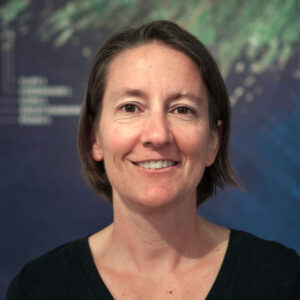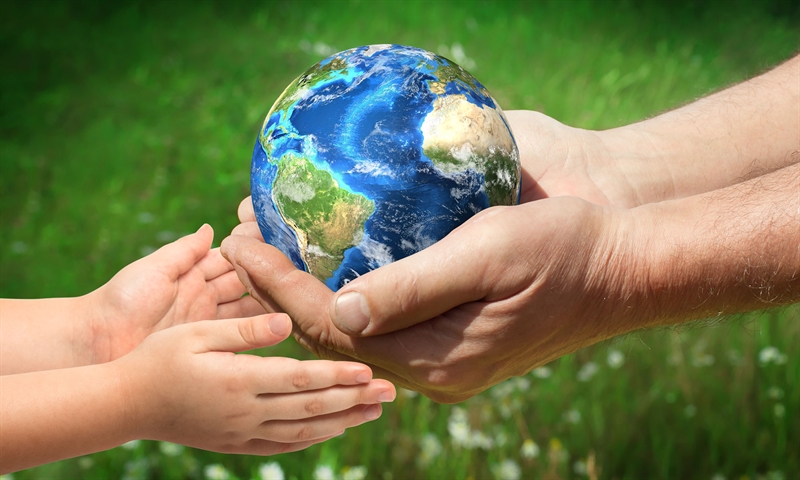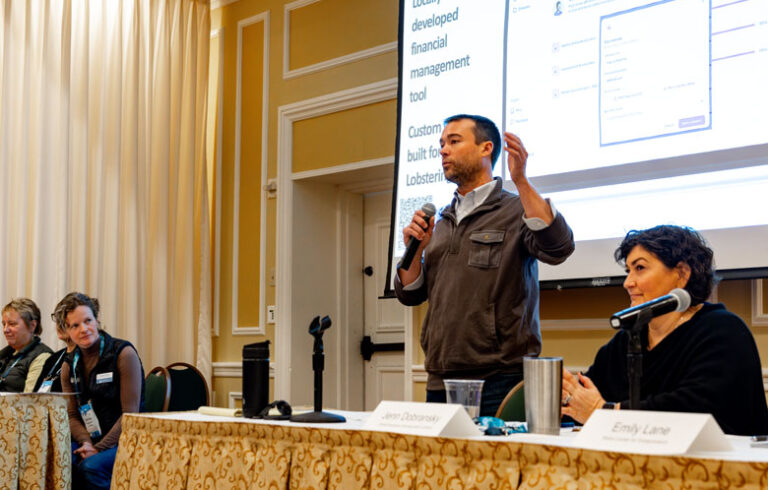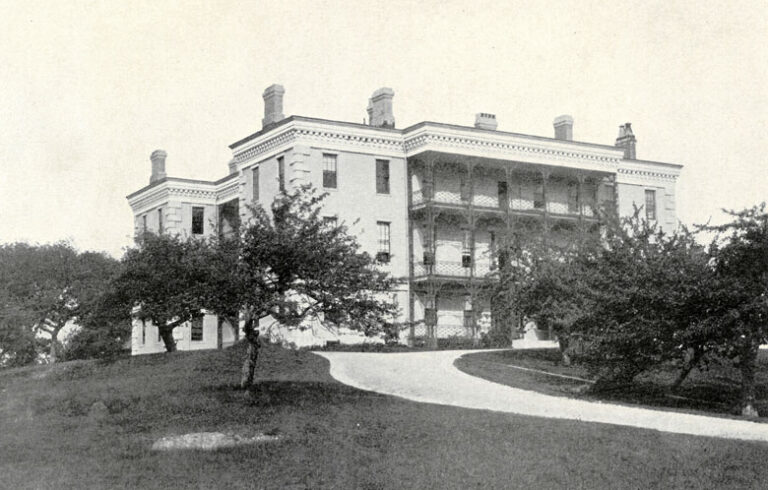As a co-chair of the Maine Climate Council’s Scientific and Technology subcommittee, I often am asked to give presentations on the impacts of climate change on things we love and value. During the question and answer time, the question I receive most is this: in the face of all this bad news, what gives you hope?
Hope, it turns out, is more than a feeling. It can be learned and it can be restored. Just as climate scientists can measure changes in climate variables, behavioral psychologists measure hope and have been doing so for over 30 years.
But first, a quick story about why I, a marine biologist, am writing about the science of hope.
In 2022, after giving a presentation as we were emerging from the pandemic and additional right whale rules were looming over the lobster fishery, I was approached by a resident from a fisheries-dependent community who was overwhelmed to the point of tears after hearing about the challenges facing their community.
Climate anxiety is real, particularly in young people.
At this moment, I knew something had to change in how I was communicating climate science. Since then, seeing this urgent need for hope, I’ve done some more digging.
Hope is made up of three primary components—goal setting (having a personally meaningful goal), agency thinking (having the knowledge and determination that gives you confidence you can achieve your goal), and pathways thinking (having a plan and a willingness to modify and adjust your plan). Putting hope theory into practice is systematic and all about action. Without the pathways thinking, it is merely wishful thinking.

Emerging psychological studies show that hope theory can be useful when applied broadly to people and in a variety of applications. When employed as an actionable approach incorporating agency and pathways thinking, I think the hope theory construct is worth a try as the climate crisis intersects with the mental health crisis.
Maine-based physicians report that climate change is worsening the mental health and well-being of their patients. Climate anxiety is real, particularly in young people. Research shows it can be alleviated through the creation of opportunities for discussion, agency, and meaningful action.
Additionally, it is well documented that simply sharing facts about a situation does not result in action. Just providing data alone can be counter-productive, leading to anxiety and paralysis. Rather, a scientific publication on communicating about ocean climate change in the Gulf of Maine found that communications techniques that further engagement often involve the head (understanding climate change), the heart (hope through agency and efficacy), and the hands (intentions to participate in action).
Back to what gives me hope: It turns out my answer aligns with the hope literature. One of the single best predictors of hope is our connectedness with each other, meaning an important part of nurturing hope is participating in social outlets, like showing up for presentations or getting involved with a local group.
These activities build social capital, or strong relationships, which make communities not just more resilient but better situated for disaster preparedness and response. These types of engagements are also critical so people have a say and subsequently see themselves in the solutions that are proposed. Participating in these types of gatherings alongside colleagues and neighbors is what gives me hope.
To reiterate, hope is a framework for action. There is a great distinction between hoping (which is all about action) and wishing (which is passive, having a desire but believing there is nothing we can do). Importantly, small successes can help show us that the future we want is possible.
I will continue to challenge myself and my colleagues going forward to be hope-givers in our communications. We have the opportunity to build agency and help provide pathways for meeting the goal of a better future.
Susie Arnold is director of the Center for Climate and Community at Island Institute, publisher of The Working Waterfront. She holds a doctoral degree in marine biology from the University of Maine. She may be contacted at sarnold@islandinstitute.org.





